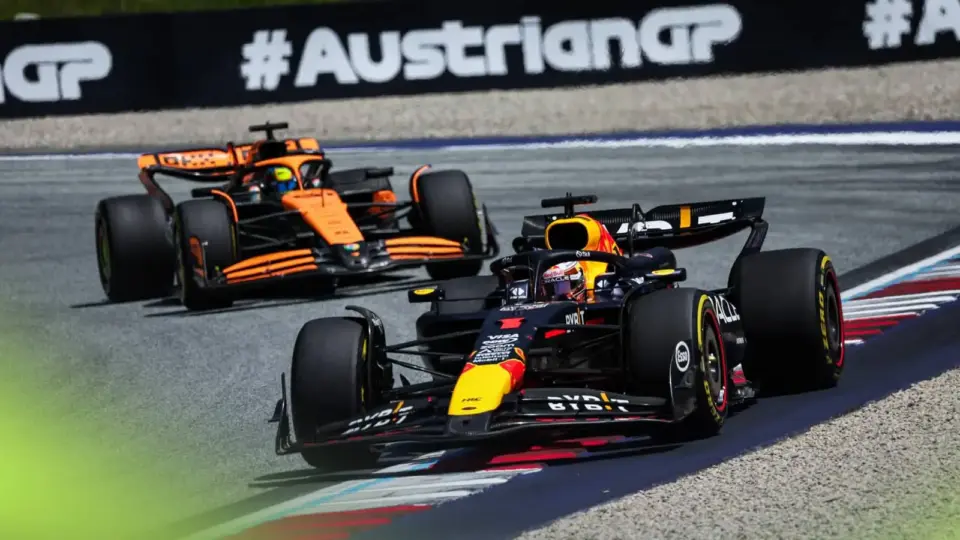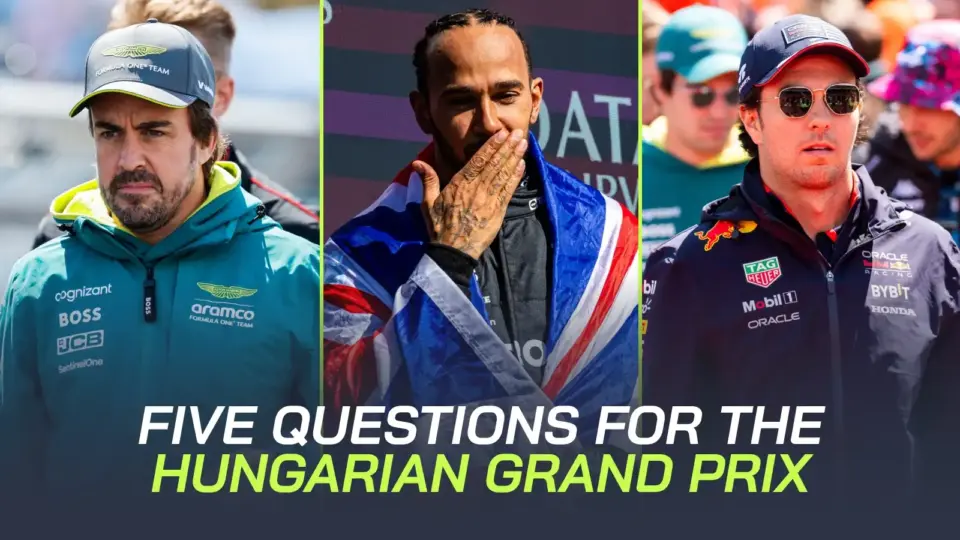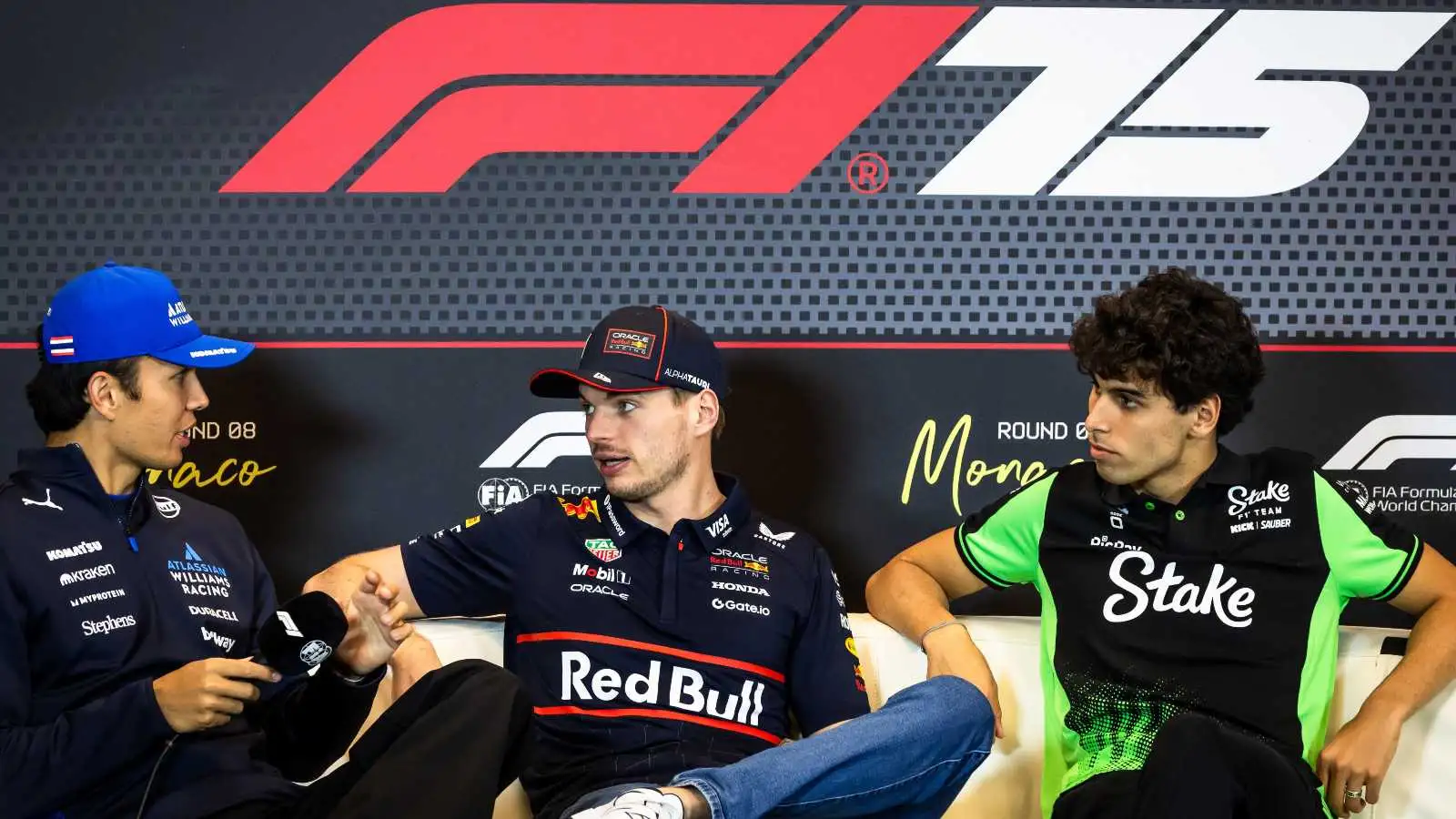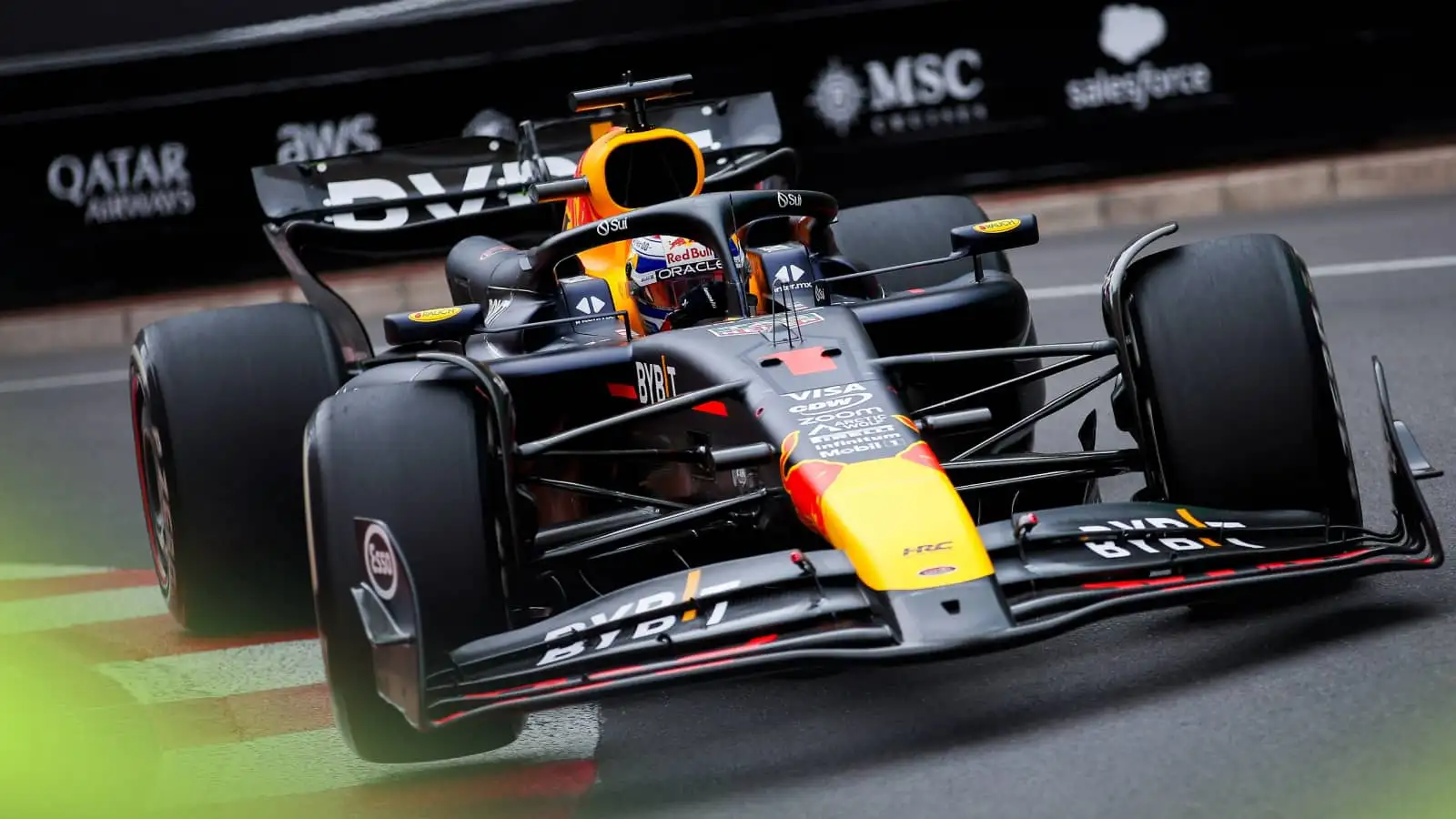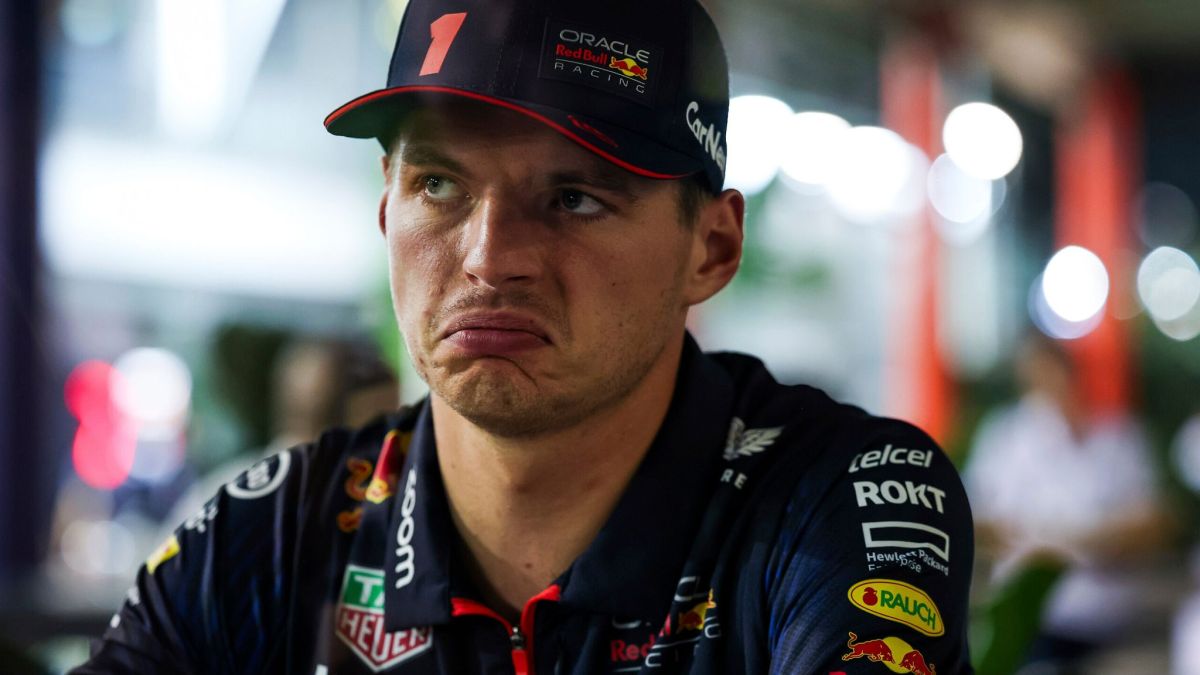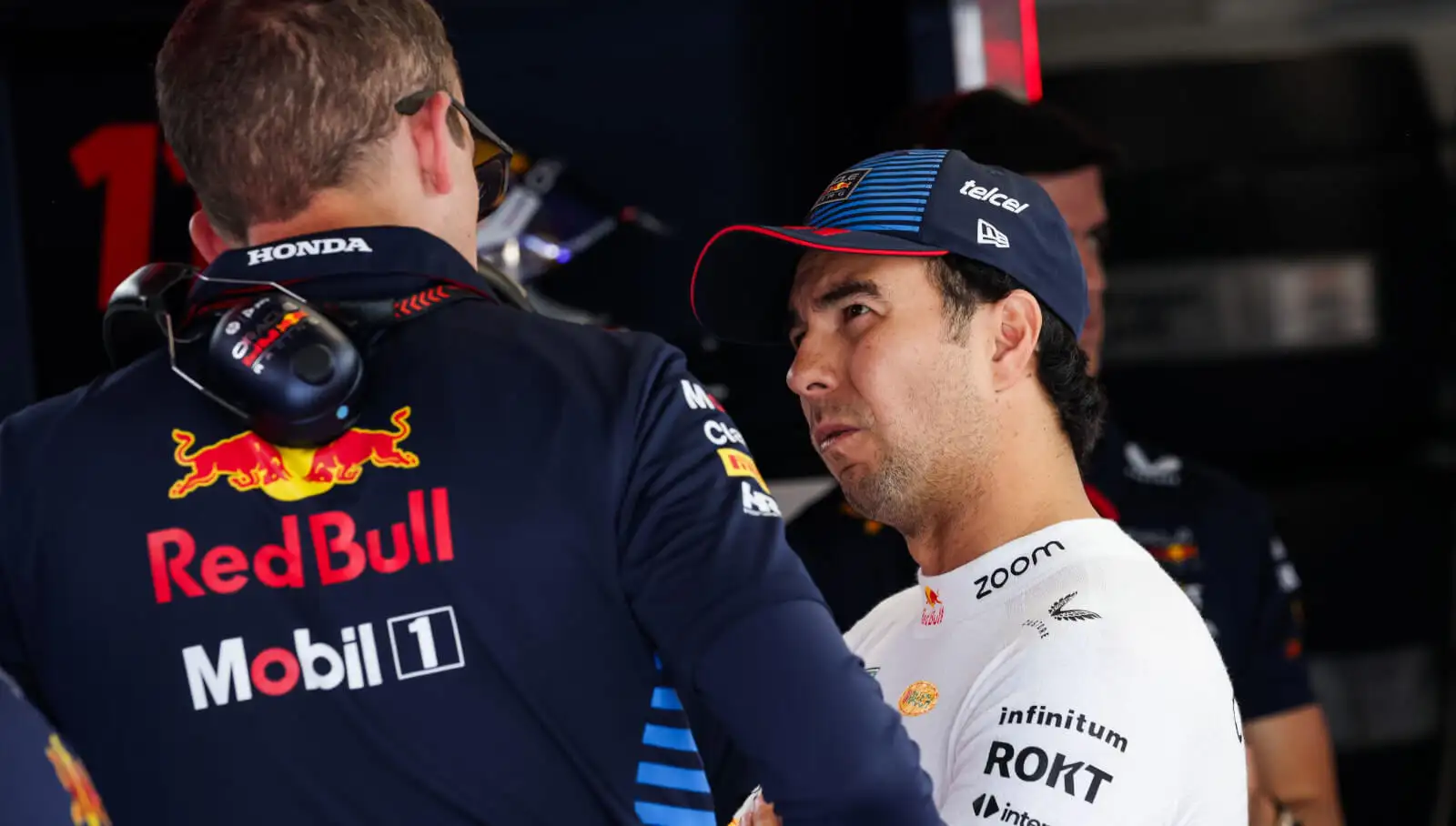Max Verstappen’s 2021 season came with unforeseen hurdles. After a high-impact crash at Silverstone with Lewis Hamilton, Verstappen’s visibility issues became a pressing concern. This was more than just a minor distraction. It affected his performance during critical moments of the season. However, fans and experts only began to grasp the seriousness of these issues through the Netflix series, Drive to Survive, which provided a closer look at his struggles.
Through various scenes, the series highlighted conversations and actions within the Red Bull team that showcased how Verstappen’s vision problems were managed. From considering helmet adjustments to consulting team physiotherapists, the series brought new insights into the challenges faced by one of F1’s top drivers. These revelations have added a deeper layer of understanding to Verstappen’s remarkable journey to his first World Championship win.
Visibility Issues Arise After Silverstone Crash
Max Verstappen revealed that he faced visibility problems soon after his crash with Lewis Hamilton at the 2021 British Grand Prix at Silverstone. This accident took place at the Copse corner and had a massive 51G impact. Verstappen was taken to the hospital for precautionary checks while the Red Bull team was angry as Hamilton managed to win the race despite a 10-second penalty.
According to Verstappen, the visibility problems grew worse as the season continued. He stated that the United States Grand Prix in Austin was particularly challenging. Verstappen was fighting blurred vision while trying to keep Hamilton at bay, making it difficult for him to win the race by just 1.333 seconds. He likened the experience to driving a speedboat at 300 km/h, saying that he had to concentrate on his breathing to get through those crucial laps.
Drive to Survive Shines a Light
The first clues about Verstappen’s visibility issues came from Netflix’s hit F1 docuseries, Drive to Survive. In season 4, just before the Saudi Arabian Grand Prix, Red Bull team principal Christian Horner was seen discussing the situation with Verstappen. Horner asked if Verstappen was experiencing dizziness and if he had been hydrated properly.
The conversation went as follows: Horner asked, ‘You alright? Have you got that dizziness again? Have you been drinking OK and hydrated?’ Verstappen replied, ‘Yeah.’ Horner continued, ‘You don’t think it’s the light?’ Verstappen answered, ‘Yeah, I don’t know. I don’t need to throw up but just feel it.’ Horner concluded, ‘We’ll get John [Hammond, Red Bull team physiotherapist] to have a good look.’
Horner then expressed concern over Verstappen’s condition, remarking that the situation was particularly worrying given the ongoing fight for the World Championship. Verstappen’s condition was described as a ‘big concern,’ especially on a high-speed street circuit like Jeddah.
Crucial Moments and Solutions
Despite his health troubles, Verstappen managed to put in a strong performance during qualifying at the Saudi Arabian Grand Prix. He was on course to secure a comfortable pole position but crashed at the last corner of his final lap in Q3. This incident highlighted how severe his condition was, affecting his performance while chasing the championship.
Following the crash, Horner was seen discussing potential solutions with Verstappen’s father, Jos Verstappen. They considered changing to a darker helmet visor to mitigate the light sensitivity issues. Horner admitted they needed to check everything to ensure Verstappen could perform at his best. Even with these complications, Verstappen finished second in Jeddah, leaving Saudi Arabia tied on points with Hamilton.
The Saudi Arabian GP was a prelude to the final showdown in Abu Dhabi. Verstappen secured pole position at Yas Marina, but Hamilton took the lead almost immediately at the start. After a dramatic race that included a controversial Safety Car decision, Verstappen overtook Hamilton on the final lap to win his first World Championship.
Impact on Verstappen’s Career
The visibility problems that plagued Verstappen during the 2021 season have had a lasting impact on his career. According to Verstappen, these issues are most problematic on tracks with undulating circuits or lots of advertising boards along the sides. Despite these challenges, Verstappen has continued to perform at a high level in subsequent seasons.
The Drive to Survive scene brought attention to the physical and mental challenges Verstappen faced in his quest for the championship. The scene not only highlighted Verstappen’s struggles but also showcased the intense pressure faced by F1 drivers. The documentary offered fans a behind-the-scenes look at how top drivers deal with unexpected challenges.
In interviews, Verstappen has stated that he continues to deal with visibility problems but has learned to manage them better. The support from his team, including physiotherapist John Hammond, has been crucial in helping him cope with these issues. Verstappen’s ability to adapt and overcome such challenges is a testament to his skill and determination.
Community Reactions
The revelations about Verstappen’s visibility problems caught many by surprise. Fans and experts alike were stunned to learn about the extent of his struggles during such a crucial season. The behind-the-scenes footage from Drive to Survive added a new dimension to the dramatic 2021 season.
Social media platforms buzzed with reactions as viewers shared their thoughts on Verstappen’s determination and resilience. Many fans praised him for his ability to perform under such challenging circumstances. Others expressed concern about the long-term effects of such health issues on his career.
Experts have also weighed in, discussing the potential impact of such visibility problems on a driver’s performance. They noted that such issues can be especially challenging on high-speed circuits, where even the slightest impairment can have significant consequences.
Future Implications
As Verstappen continues to race, his visibility problems remain a topic of interest within the F1 community. The fact that he has managed to secure additional World Championships despite these issues speaks volumes about his talent and determination.
The Drive to Survive series has played a crucial role in bringing these issues to light, offering fans a deeper understanding of the challenges faced by top drivers. The series has not only entertained viewers but also provided valuable insights into the world of F1 racing.
Moving forward, Verstappen and his team will need to continue finding ways to manage his visibility problems. Whether through adjustments to his helmet visor or other solutions, addressing these issues is essential for maintaining his performance at the highest level.
Critical Wins Despite Challenges
Despite the challenges posed by his visibility problems, Max Verstappen has managed to secure critical wins and championships. His ability to adapt and perform under pressure has solidified his status as one of the greatest drivers in F1 history.
In conclusion, the revelations about Verstappen’s visibility problems add a new layer of complexity to his 2021 championship-winning season. They highlight the physical and mental challenges faced by F1 drivers and offer fans a deeper appreciation for the skill and determination required to compete at this level.
Max Verstappen’s visibility problems during the 2021 season shed light on the unforeseen challenges that F1 drivers can face. Despite these obstacles, Verstappen showcased remarkable resilience, adapting his techniques and relying on his team for support. This determination paved the way for his championship win. As the world champions move forward, addressing and managing such health issues will remain crucial. These revelations provide fans with a deeper appreciation for the skill and tenacity required to succeed at such high levels of motorsport.
Source: Planetf1

